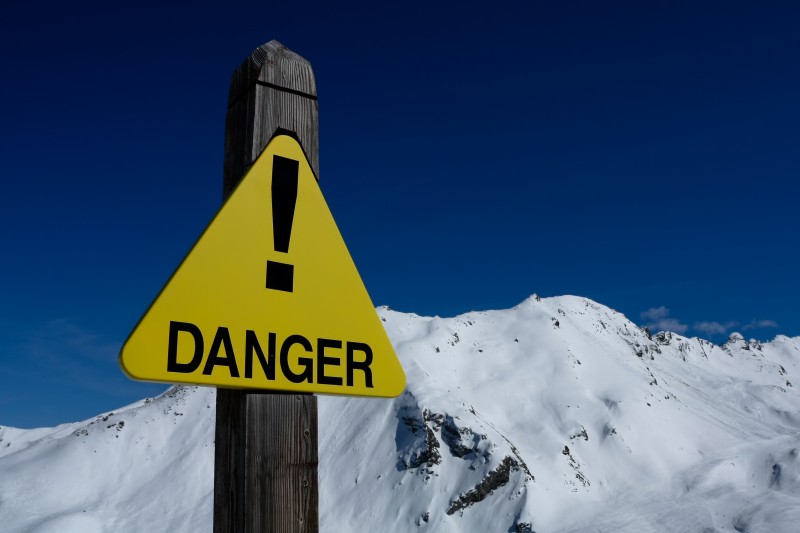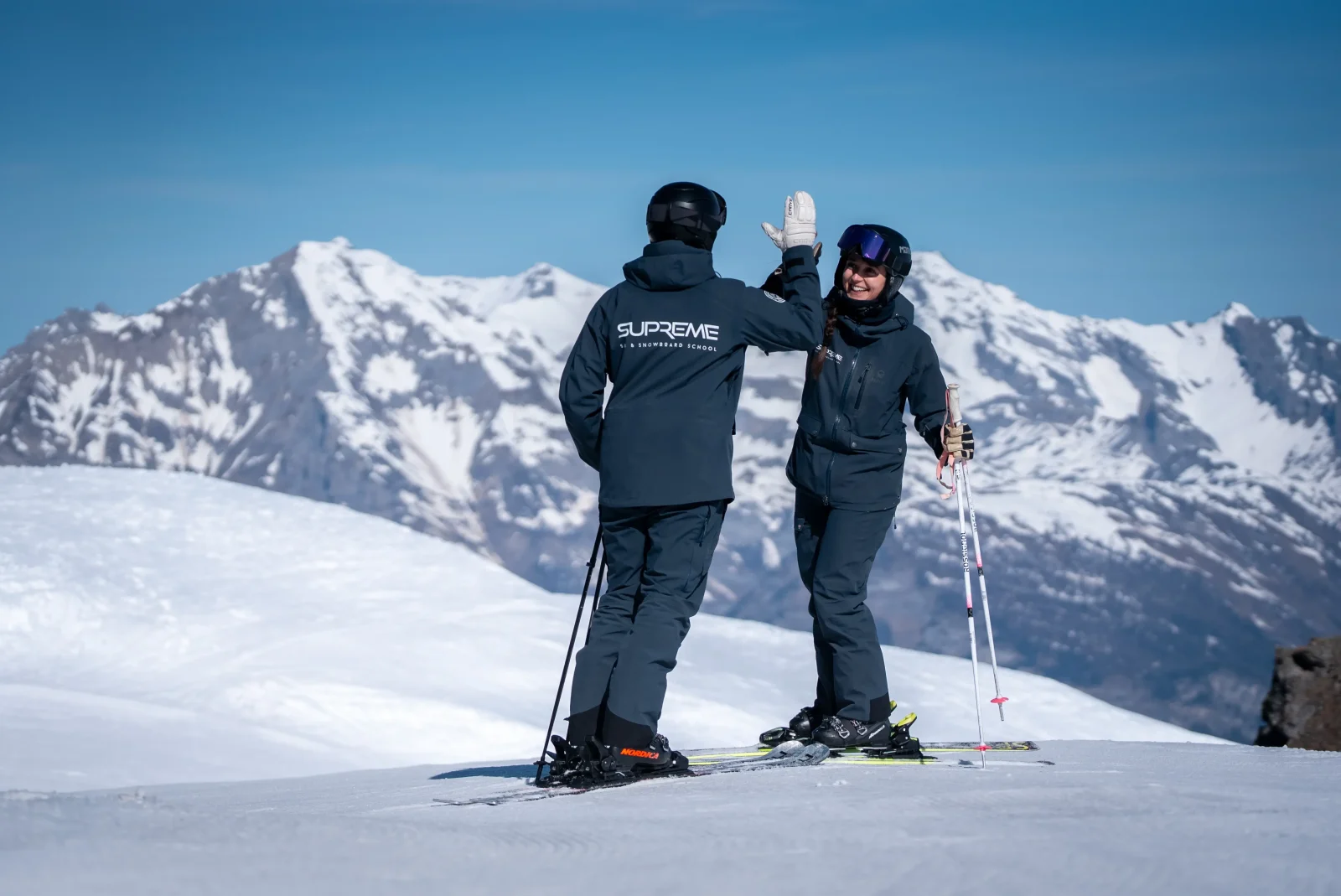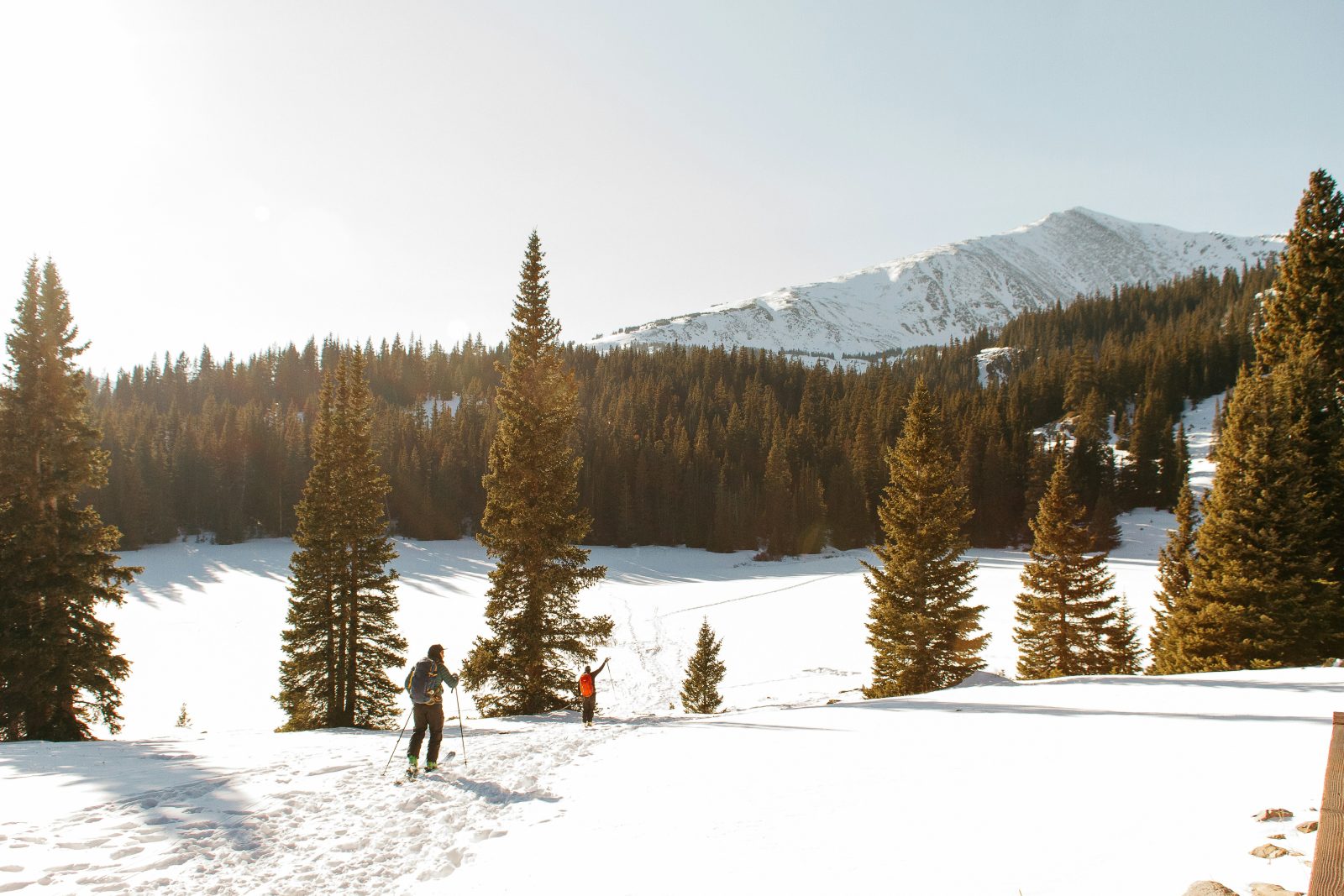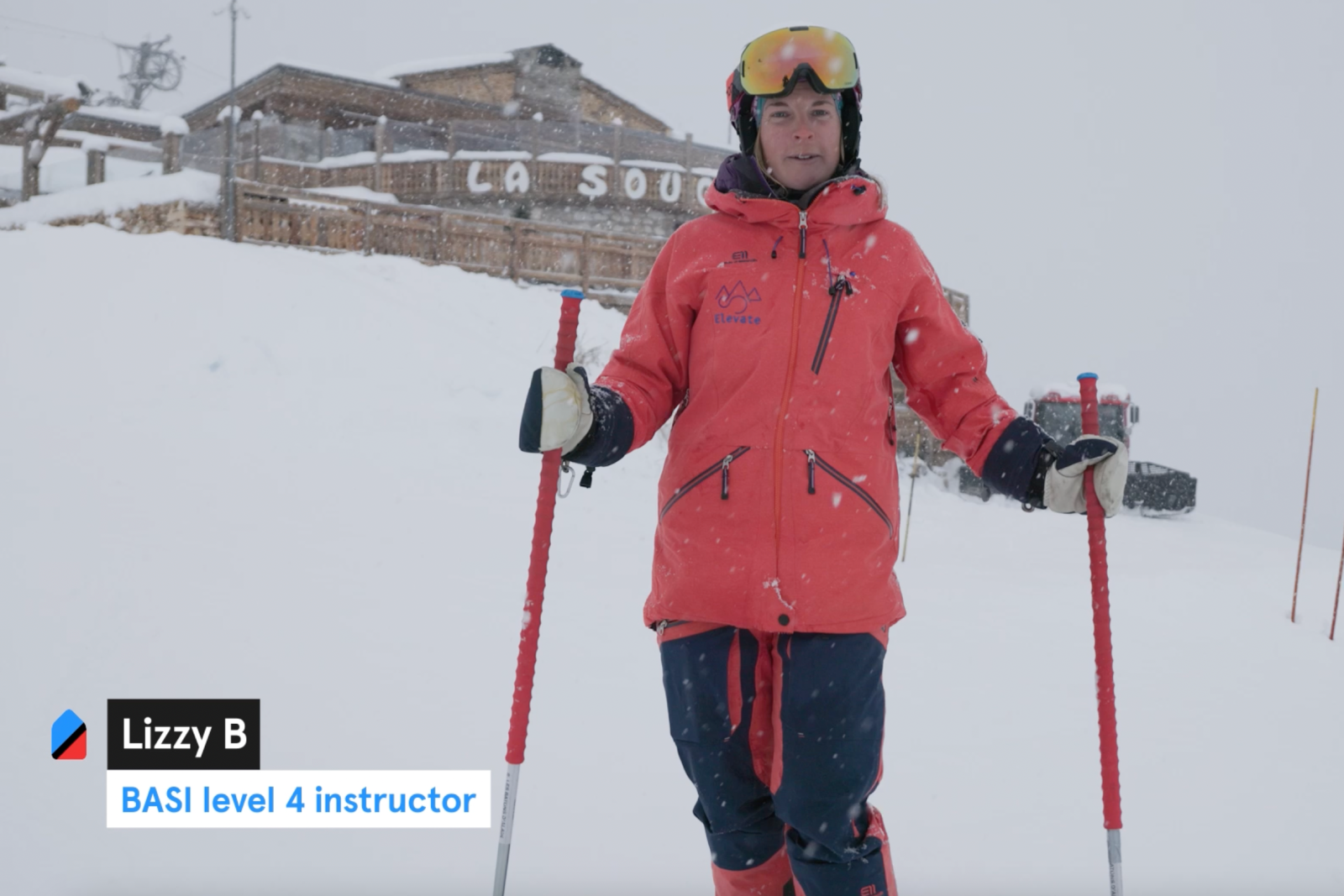Safety on the slopes…
1. Be aware of your surroundings – It might be hard to stay aware of your surroundings when you’re focussing on your skiing or snowboarding, however, no matter how skilled you might be, there is always the risk that somebody else isn’t. Collisions often occur, when you have skiers coming down the mountain who are out of control. It sounds simple, but having a look around prior to setting off will greatly reduce your chances of colliding with someone!
2. Watch out for ice – Ice is normally pretty easy to spot. If you see any patches of the piste which are slightly blue in colour or shiny, it’s safe to say it’s probably ice. Also, being aware of other skiers and snowboarders around you can offer an indication of how icy the surrounding area is (skiing on ice will make a loud scraping sound, compared to the near silence of snow). Also, check for Bambi-like movements from your fellow skiers/boarders, this + subsequently seeing them lying in the snow, may indicate they hit an icy patch!
3. Wear a helmet – This importance of this piece of equipment cannot be overstated enough. While the thought of wearing a helmet may not appeal to some (yes we know it doesn’t look as cool), you should definitely still wear one. A helmet will help protect your head from any small knocks, right through to larger impacts you may sustain in a high speed crash. Many insurance companies are now making it a condition that you must wear a helmet whilst skiing or snowboarding.
4. Know the dangers of going off-piste – Escaping the crowds of the piste and heading out into the beauty of the backcountry is really appealing, however, there are inherent dangers associated to off-piste skiing and snowboarding, such as avalanches. It is therefore very important that you’re prepared, we recommend booking a qualified instructor or guide, who understands how to keep you safe when heading off-piste. You can read more about off piste skiing here.
5. Obey the skiing highway code – Just as the Highway Code dictates exactly what drivers can and cannot do on the roads, the International Ski Federation’s (FIS) rules for conduct explain how you should conduct yourself on-piste.
6. Dress for the weather – The weather on the slopes can change dramatically from a perfect bluebird day to a below-freezing snowstorm, which can make a huge difference to your core body temperature. It is therefore very important to be prepared and bring more layers than you think you need, even if you don’t end up using them.
7. Check your ski bindings – Incorrectly adjusted ski bindings are the biggest contributor to most leg and knee injuries. If your bindings are too tight and you fall, your skis may not detach, leading to an increased chance of injury. On the contrary, if your bindings are too loose your skis may fall off, which can also cause injury. So make sure you provide accurate information when you’re renting/buying your skis and when you’re out on the slopes, take the time to ensure your boot is sitting in the binding correctly.
8. If you stop, stop on the side – There are many reasons for wanting to stop on the piste, you might see a perfect photo opportunity or fancy a quick snack or water break. However, when doing so, make sure you stop on the side of the piste, not in the middle. Although this might seem like common sense, you’d be surprised at how many accidents occur when people do not stop properly.
How to be prepared in different weather conditions…
-
- Bright bluebird days — We all love bluebird days, however, the reflectiveness of the ice and snow adds to the power of the sun’s rays. This increases the exposure to the sun and the likelihood of getting sunburnt. Always cover all exposed areas with high factor suncream and ensure you have good quality sunglasses or goggles. It is also important to ensure you regularly apply a lip balm that contains a sun factor. If you do burn, once back at base make sure you run the area under tepid water and apply neat Aloe Vera.
-
- Cold weather— Watch out for unnaturally white patches of skin on your hands or face, as these can be the early signs of frostbite. Take regular breaks and thaw frozen flesh with body heat and massage. Make sure you don’t put frostbitten hands or feet in hot water or on radiators.
-
- Warm temperatures — Skiing is a strenuous activity so make sure you always keep yourself hydrated and do not overdo it. Take regular breaks in hot weather and sip water whenever you can (we recommend taking a bottle of water in a backpack with you).



